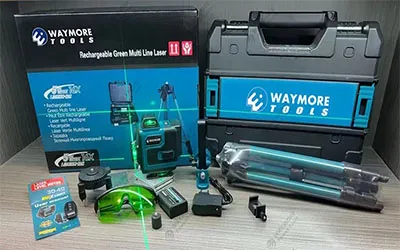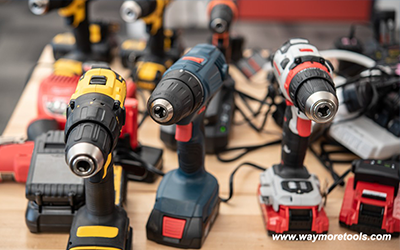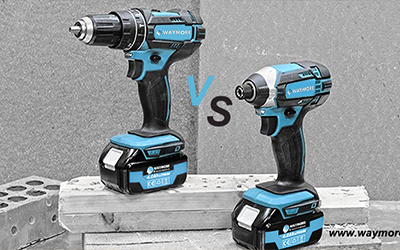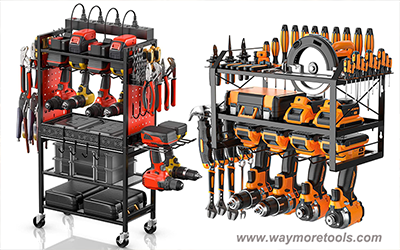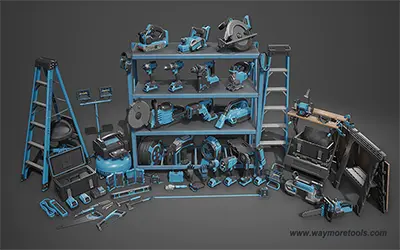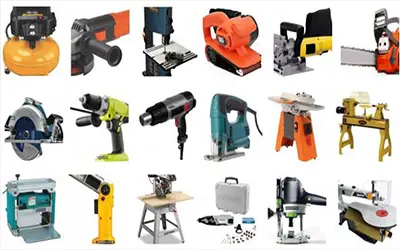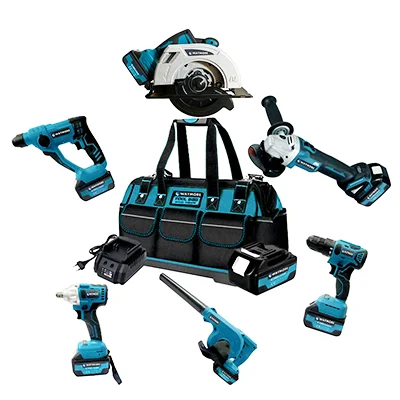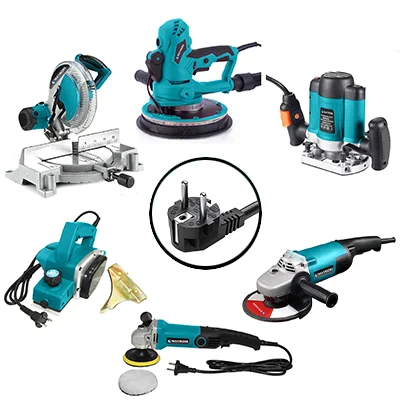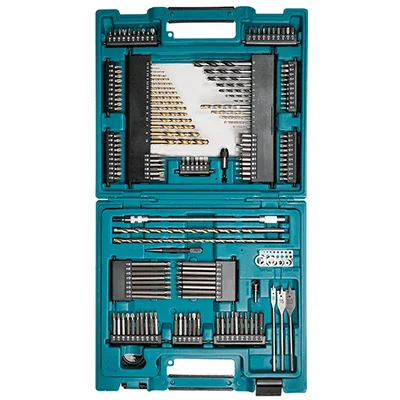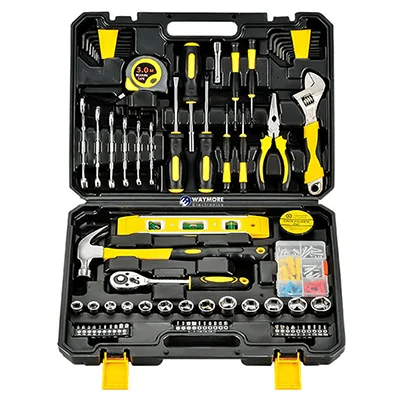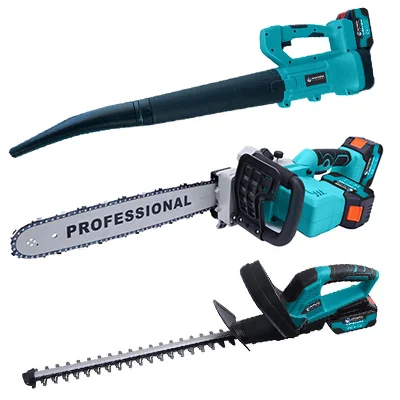
Introduction:
The B2B wholesale market for laser levels is highly competitive and dynamic. Importing these precise tools from around the world can be a profitable venture, but it also involves navigating complex international regulations. This guide aims to equip B2B wholesalers with the necessary knowledge and strategies to import laser levels in compliance with international standards, ensuring a smooth and successful import process.
I. The Importance of Compliance in Global Trade
A. The Legal and Financial Consequences of Non-Compliance
Non-compliance with international trade regulations can lead to a range of legal and financial penalties, which can have significant repercussions for businesses involved in global commerce. Businesses must invest in compliance programs, stay informed about regulatory changes, and ensure that all aspects of their operations adhere to the relevant international laws and standards.
B. The Role of Compliance in Establishing Trust and Credibility
Adhering to international trade regulations is not only a legal obligation but also a strategic move that can significantly enhance a company's reputation and foster trust among customers and partners in the global market. Strict compliance can contribute to a company's positive image and relationships by building a reputation for integrity, customer trust, risk mitigation, market access and expansion, partnership opportunities, employee morale and attraction, financial stability, sustainability, and corporate social responsibility (CSR), and long-term business relationships.
II. Understanding the International Regulatory Framework
A. The Impact of International Trade Agreements
International trade agreements, including those under the World Trade Organization (WTO), play a crucial role in shaping the importation of goods such as laser levels. These agreements establish a framework for global trade, aiming to reduce barriers and promote fair competition. They cover areas such as tariffs and duties, non-tariff barriers, rules of origin, trade facilitation, intellectual property rights, sanitary and phytosanitary measures (SPS), technical barriers to trade (TBT), and regional trade agreements (RTAs).
B. Navigating Country-Specific Import Regulations
Key markets such as the European Union (EU), China, and the United States (US) have their import regulations designed to protect their economies, consumers, and the environment. These regulations differ significantly in their approach and requirements, covering areas such as tariffs, product compliance, licensing, and documentation. It's crucial to stay updated with the latest changes to these regulations as they can significantly impact the import process and costs.
C. Adhering to Global Safety and Quality Standards
Obtaining and maintaining safety and quality certifications for laser levels is crucial for ensuring compliance with regulatory standards, and ensuring the safety and trustworthiness of the product. These certifications help gain market access, build consumer trust, provide a competitive edge, and keep manufacturers ahead of regulatory changes in the global market.
III. Pre-Importation Strategies: Setting the Stage for Success
A. Conducting Thorough Market Research
Market analysis is an essential component of any business strategy, especially for B2B wholesalers who want to import products such as laser levels. It provides valuable insights that help businesses make informed decisions, mitigate risks, and capitalize on opportunities. Understanding demand, regulatory requirements, and potential market opportunities are significant aspects of market analysis. It also includes competitor analysis, risk assessment, product development and innovation, supply chain management, and strategic planning. Market analysis is a vital tool for B2B wholesalers importing laser levels. It enables businesses to understand market dynamics, ensure regulatory compliance, identify opportunities, manage risks, and make strategic decisions that can lead to sustainable growth and profitability.
B. Supplier Selection and Quality Assurance
Identifying and vetting suppliers that adhere to international quality and safety standards is crucial for maintaining a reliable supply chain. Here's a structured outline for this process:
1. Establish supplier selection criteria
2. Search for potential suppliers
3. Conduct preliminary screening
4. Request information and documentation
5. Evaluate supplier competency and capacity
6. Financial stability assessment
7. Cultural fit and communication
8. On-site audits and visits
9. Reference checks and interviews
10. Negotiate terms and conditions
11. Continuous monitoring and performance evaluation
12. Risk management and mitigation.
By following these steps, you can effectively identify and vet suppliers that meet international quality and safety standards, ensuring a reliable and robust supply chain that supports your business's growth and reputation.
C. Tariffs, Duties, and Trade Agreements: Maximizing Cost-Efficiency
Tariffs, duties, and trade agreements play a significant role in determining the total cost of importing goods and can significantly impact a business's bottom line. Here's an in-depth look at how these factors influence import costs and strategies for optimizing expenses:
1. Understanding tariffs and duties
2. Impact of tariffs and duties on import costs
3. Trade agreements and their influence
4. Strategies for optimizing import expenses.
By understanding the complexities of tariffs, duties, and trade agreements, and implementing strategic approaches to manage these factors, businesses can effectively optimize their import expenses and enhance their competitive position in the global market.
IV. The Importation Process: A Step-by-Step Compliance Guide
A. Essential Import Documentation: Ensuring Accuracy and Completeness
Importing laser levels, like any other product, requires adherence to specific documentation requirements to ensure a smooth and compliant process. Here's a comprehensive guide to the documentation needed for importing these devices:
1. Customs declaration
2. Certificates of origin
3. Commercial invoice
4. Bill of lading (BOL) or air waybill (AWB)
5. Packaging list
6. Safety and compliance certifications
7. FDA compliance (for laser products)
8. Harmonized system (HS) code
9. Import license or permit (if required)
10. Insurance certificate
11. Other documentation (as applicable).
The documentation required for importing laser levels includes a variety of forms that verify the product's origin, safety, and compliance with international and local regulations. It's essential to ensure that all documents are accurate and complete to avoid delays, penalties, or the seizure of goods at customs. Working with a knowledgeable customs broker or freight forwarder can help streamline this process and ensure all requirements are met.
B. Customs Clearance: A Smooth and Efficient Process
Navigating customs clearance can be a complex process, but with proper preparation and understanding, it can be managed effectively. Here's some practical advice for a smooth customs clearance experience:
1. Engage a customs broker
2. Accurate documentation
3. Understand customs regulations
4. Prepare for inspections
5. Value declaration
6. Stay updated on regulations
7. Deal with denied party lists
8. Anticipate potential challenges
9. Utilize technology
10. Post-clearance audits.
Navigating customs clearance requires careful preparation, accurate documentation, and a good understanding of the customs process. Engaging a customs broker, staying updated on regulations, and being prepared for potential challenges can help ensure a smooth and efficient customs clearance experience.
C. Logistics and Distribution: Ensuring Safe and Timely Delivery
Selecting a reliable logistics partner and managing the supply chain for laser levels effectively are crucial for ensuring the timely delivery of products and maintaining customer satisfaction. Here are some insights into these processes:
1. Selecting a reliable logistics partner
2. Choosing the most efficient transportation methods
3. Managing the supply chain for laser levels.
By carefully selecting a logistics partner and managing the supply chain effectively, you can ensure the safe and timely delivery of your products.
V. Post-Import Compliance and Ongoing Management
A. Inventory Management: Balancing Supply and Demand
Effective inventory management is crucial to ensure regulatory compliance, meet market demand, and minimize costs. To achieve these objectives, businesses can implement an Inventory Management System, Demand Forecasting, Supplier Relationship Management, Collaborative Planning, Forecasting, and Replenishment (CPFR). By using these strategies, businesses can efficiently manage their inventory, ensuring compliance with regulations, meeting market demand, and reducing costs related to inventory holding and obsolescence. This leads to better cash flow, improved customer service, and overall operational efficiency.
B. After-Sales Compliance and Customer Satisfaction
Providing ongoing compliance support and maintaining customer satisfaction post-importation are vital for a successful import strategy. Prioritizing ongoing compliance support and customer satisfaction after importation can lead to a more robust business, a loyal customer base, and a competitive edge in the market. Therefore, businesses should invest in these aspects to ensure long-term success and sustainability.
C. Staying Ahead of the Curve: Monitoring Regulatory Changes
Staying informed about changes in international regulations and adapting import strategies accordingly is critical for businesses engaged in global trade. By proactively staying informed and adapting to changes in international regulations, businesses can maintain compliance, manage risks, and capitalize on opportunities in the global market.
VI. Conclusion:
Importing laser levels for wholesale is a strategic business decision that requires a deep understanding of international regulations and a proactive approach to compliance. By following the comprehensive guide outlined in this article, B2B wholesalers can confidently navigate the complexities of importing laser levels, ensuring a successful and compliant import process. This knowledge will not only help avoid potential pitfalls but also position their business as a leader in the global market for precision measurement tools, ready to capitalize on the growing demand for these essential devices.
 Waymore Tools
Waymore Tools
